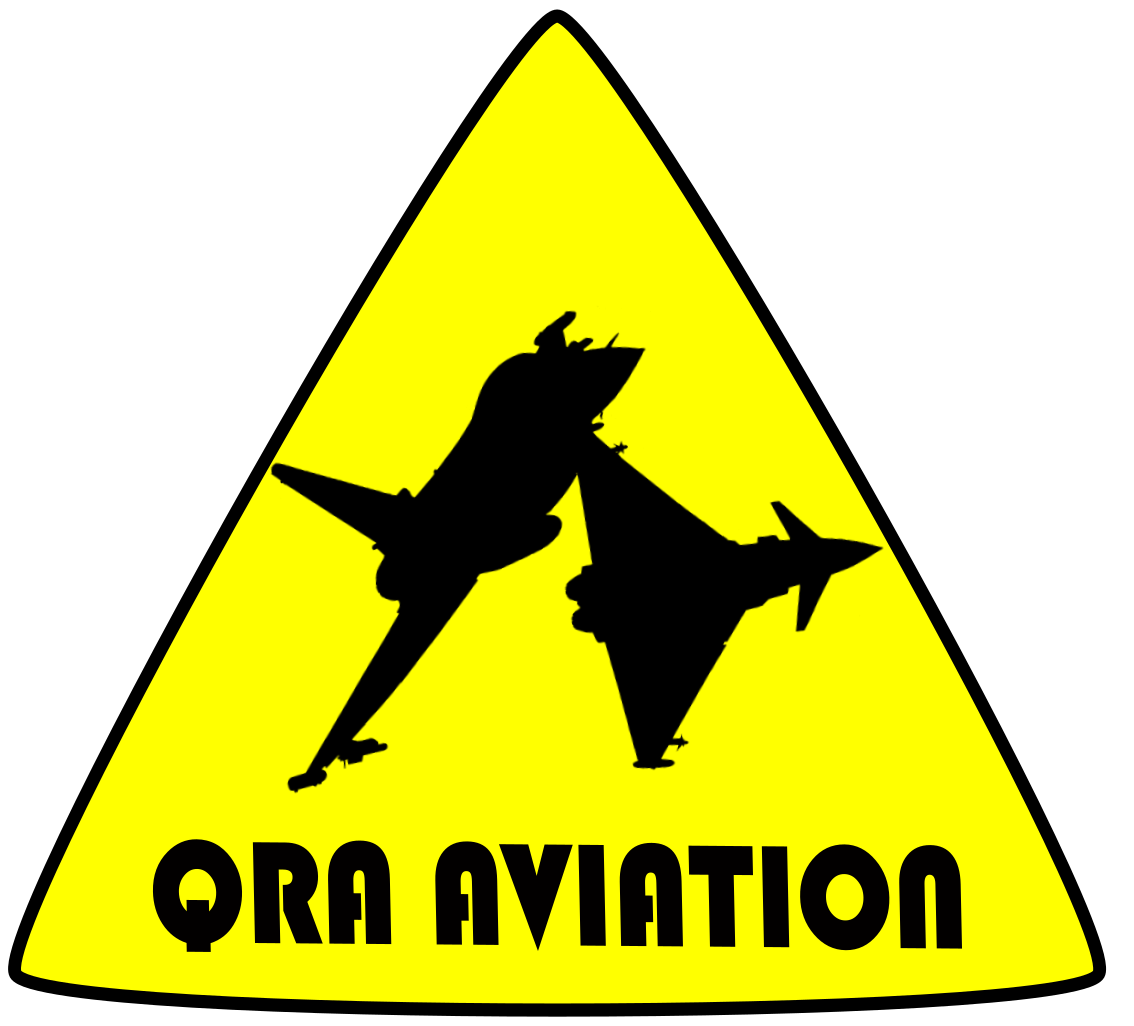
Oggi vogliamo occuparci di uno dei reparti nevralgici dell’USAFE durante il periodo della guerra fredda, il 32° Tactical Fighter Squadron “Wolfhounds” (cani lupo), stanziato nella base di Soesterberg (denominata Camp New Amsterdam dagli americani) in Olanda. Dal 1955 al 1994 è stato impiegato con compiti di difesa area in ambito Nato.

Durante la Seconda guerra mondiale, questo reparto (basato, tra l’altro, nelle Antille Olandesi) aveva avuto il compito di neutralizzare i sottomarini tedeschi, ed alla fine del conflitto fu poi disattivato .

Nel 1954 l’Olanda accetto’ la proposta della Nato di ospitare un reparto di aerei americani come contributo alla propria difesa aerea, e la scelta (riprendendo questi legami storici) cadde sul riattivato 32° Fighter-Day Squadron. Negli anni successivi questa unita’ ha cambiato poi denominazione da TFS (Tactical Fighter Squadron) a FIS (Fighter Interceptor Squadron), utilizzando nell’ordine i caccia F-86 Sabre ed F-100 Super Sabre e gli intercettori F-102 Delta Dagger.
Alla fine degli anni ‘60, il gruppo è tornado ad essere Tactical Fighter Squadron ed è stato equipaggiato con i nuovi F-4E Phantom II. In questo periodo era inquadrato nella 17° Air Force, con base a Sembach (Germania Ovest).


Tra la fine del 1978 e l’inizio del 1979, i “Wolfhounds” hanno invece effettuato la conversione sull’F-15 Eagle (alternando poi l’utilizzo di varie versioni di questo velivolo), specializzandosi in compiti di superiorita’ aerea.

Negli anni ‘80, come stabilito dalla convenzione di Bonn, la missione del reparto in tempo di pace è stata anche quella di intercettare aerei sconosciuti che potessero attraversare il confine settentrionale della Germania Ovest.

Nel corso degli anni il gruppo ha vinto vari premi e riconoscimenti, che l’hanno reso uno dei migliori reparti da caccia dell’USAF. Durante la Guerra del Golfo, da Agosto 1990 a Marzo 1991 il reparto è entrato in azione per le operazioni “Desert Shield” e “Desert Storm”, rischierato nella base di Incirlik in Turchia.


Successivamente, ha operato fino al 1993 nello stesso teatro operativo, nell’ambito dell’operazione “Provide Comfort”, e nel 1994 è stato disattivato in una cerimonia tenuta alla presenza della famiglia reale olandese e dell’ambasciatore americano.

Nota interessante, l’insegna del gruppo, la caricatura del cane lupo che mostra le zanne, era stata gia’ disegnata dagli studi di Walt Disney durante la Seconda guerra mondiale ed approvata come insegna ufficiale del 32° dal comandante delle Army Air Forces nel 1942.


Nel 1959, i reali olandesi (visto il contributo del reparto alla protezione dello spazio aereo olandese), hanno permesso che all’insegna venissero aggiunti la corona reale ed una ghirlanda con 12 arance, rappresentanti un albero di arancio, simbolo della famiglia reale olandese, la Casa d’Orange.

Il 32° TFS è stato cosi’ l’unico reparto da combattimento dell’USAF nel mondo a fregiarsi di una corona reale (e questa è stata anche una conferma dello stretto legame instaurato con l’aeronautica olandese).

———
English version
Today we’d like to deal with one of the USAFE crucial units during the Cold War period, the 32nd Tactical Fighter Squadron “Wolfhounds” , based at Soesterberg (called Camp New Amsterdam by the Americans) in the Netherlands. From 1955 to 1994 it was employed with air defence duties on behalf of NATO.During World War II, this unit (flying from the Netherlands Antilles) had the task of neutralizing German submarines, being then inactivated at the end of the conflict.In 1954 the Netherlands accepted NATO’s proposal to host a US aircraft unit as a contribution to its air defense, and the choice (taking up these historical ties) fell on the reactivated 32nd Fighter-Day Squadron.In the following years, this unit changed then its name from TFS (Tactical Fighter Squadron) to FIS (Fighter Interceptor Squadron), using in order the F-86 Sabre and F-100 Super Sabre fighters and the F-102 Delta Dagger interceptor.At the end of the ‘60s, the squadron came back to Tactical Fighter Squadron status and received its first F-4Es Phantom II. In this period it was part of the 17th Air Force, based at Sembach (W. Germany).Between the end of 1978 and the beginning of 1979, the “Wolfhounds” underwent conversion to the new F-15 Eagle (swapping then between various versions of this aircraft), specializing in air superiority tasks.During the ‘80s, as established by the Bonn Convention, the unit’s peacetime mission was also to intercept unidentified aircraft which might cross the northern border of West Germany.Over the years, the squadron has won various prizes and awards, which made it one of the best USAF fighter units.During the Gulf War, from August 1990 to March 1991 the unit went into action for “Desert Shield” and “Desert Storm” operations, deployed at Incirlik airbase in Turkey.Afterwards, it operated until 1993 in the same theater, as part of the “Provide Comfort” operation, and in 1994 it was deactivated in a ceremony held in the presence of the dutch royal family and the american ambassador.Interestingly, the group’s insignia, the caricature of the wolfhound showing fangs, had already been designed by Walt Disney studios during World War II and approved as the official 32nd insignia by the Army Air Forces commander in 1942. .In 1959, the members of the royal family (for the unit contribution to the protection of the dutch airspace) allowed to add the royal crown and a wreath with 12 oranges to the unit insignia, to represent an orange tree, symbol of the dutch royal family , the House of Orange.So, the 32nd TFS was the only USAF combat unit in the world to bear a royal crown (a confirmation of the close link established with the dutch Air Force, too).
Text : Massimo Filippini QRA AVIATION team.
Photos: Marinus Tabak , Peter Doll, QRA AVIATION archive.


Lascia un commento